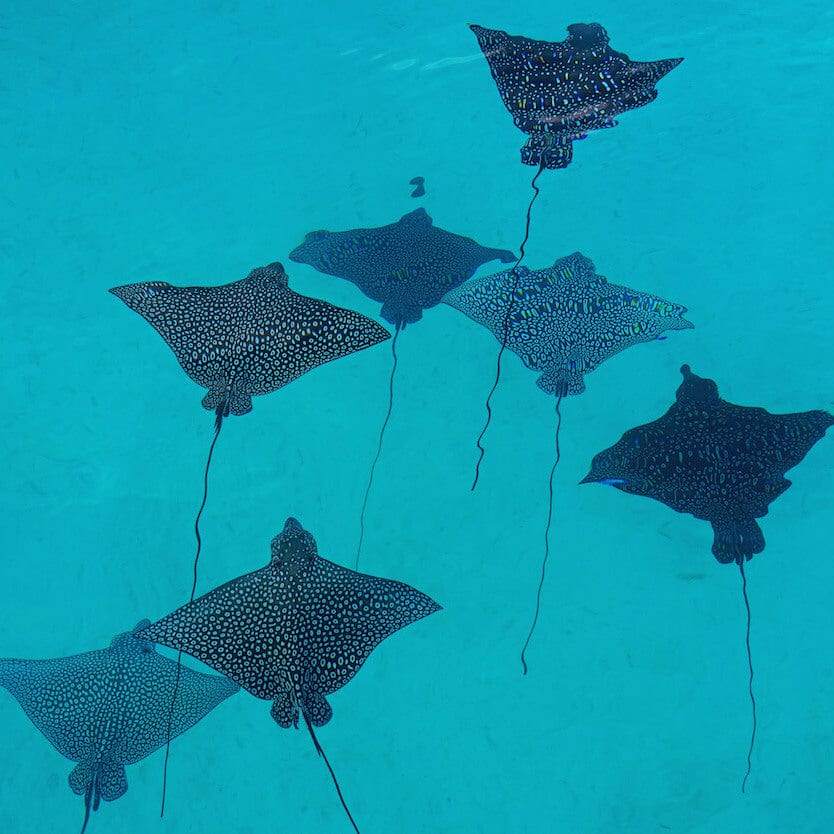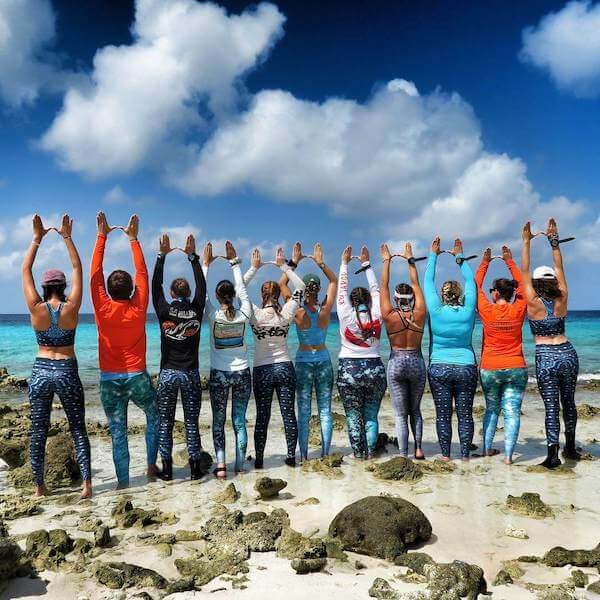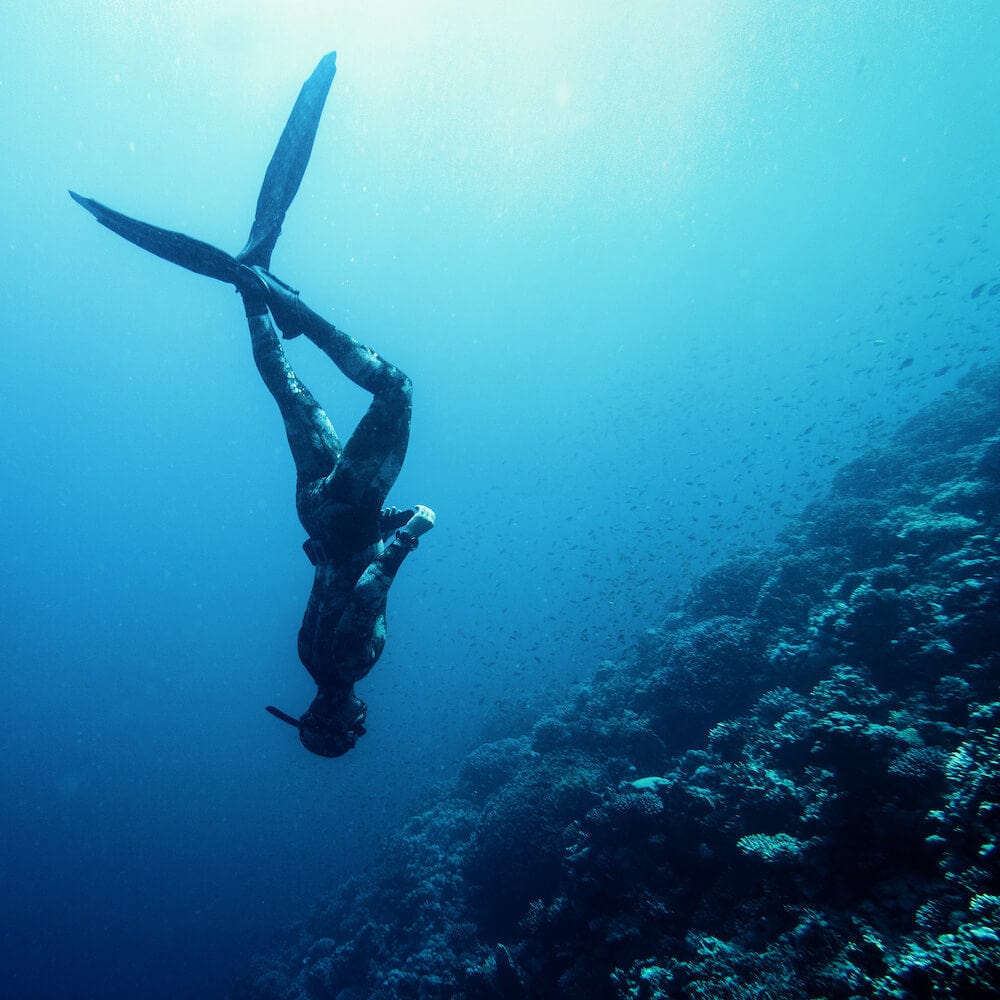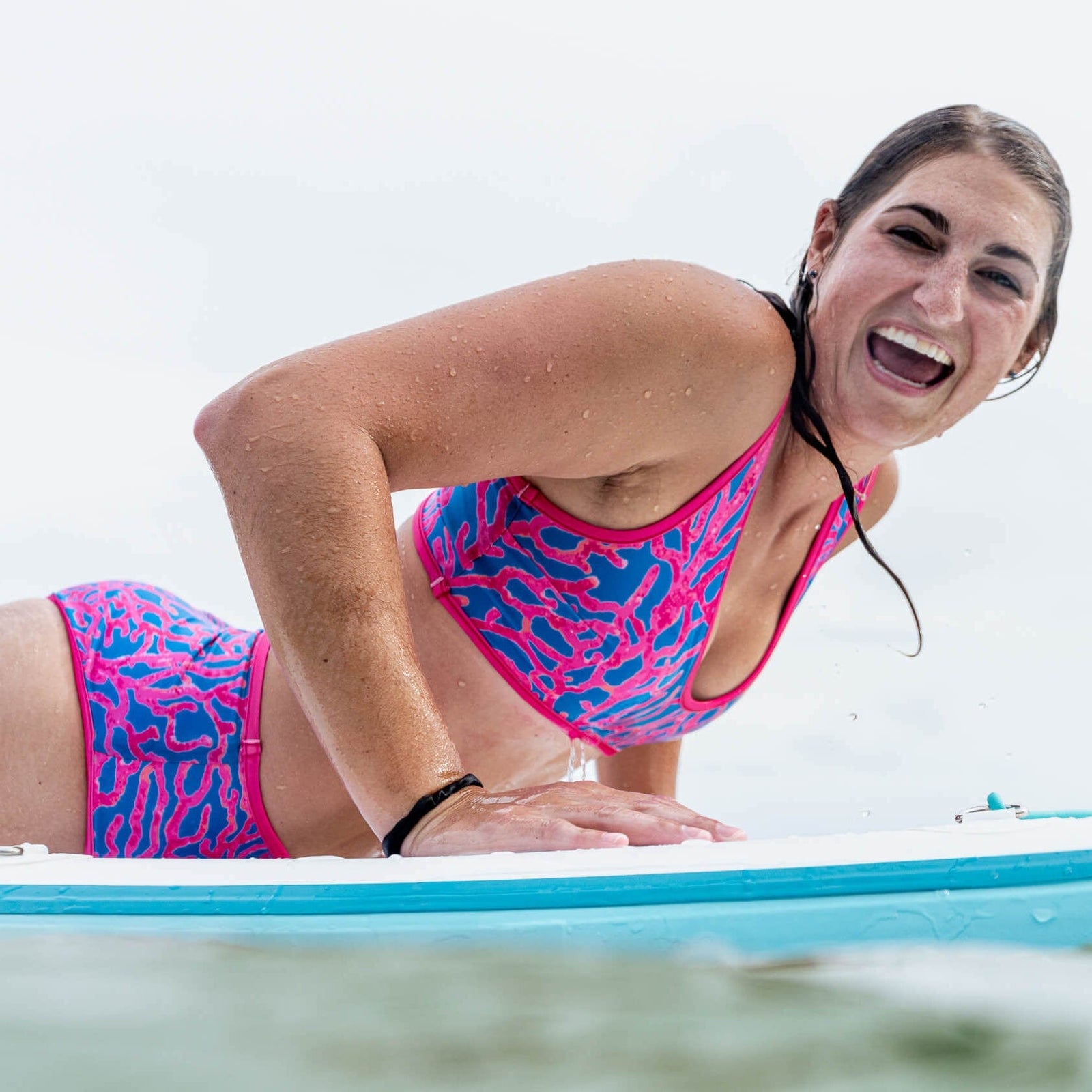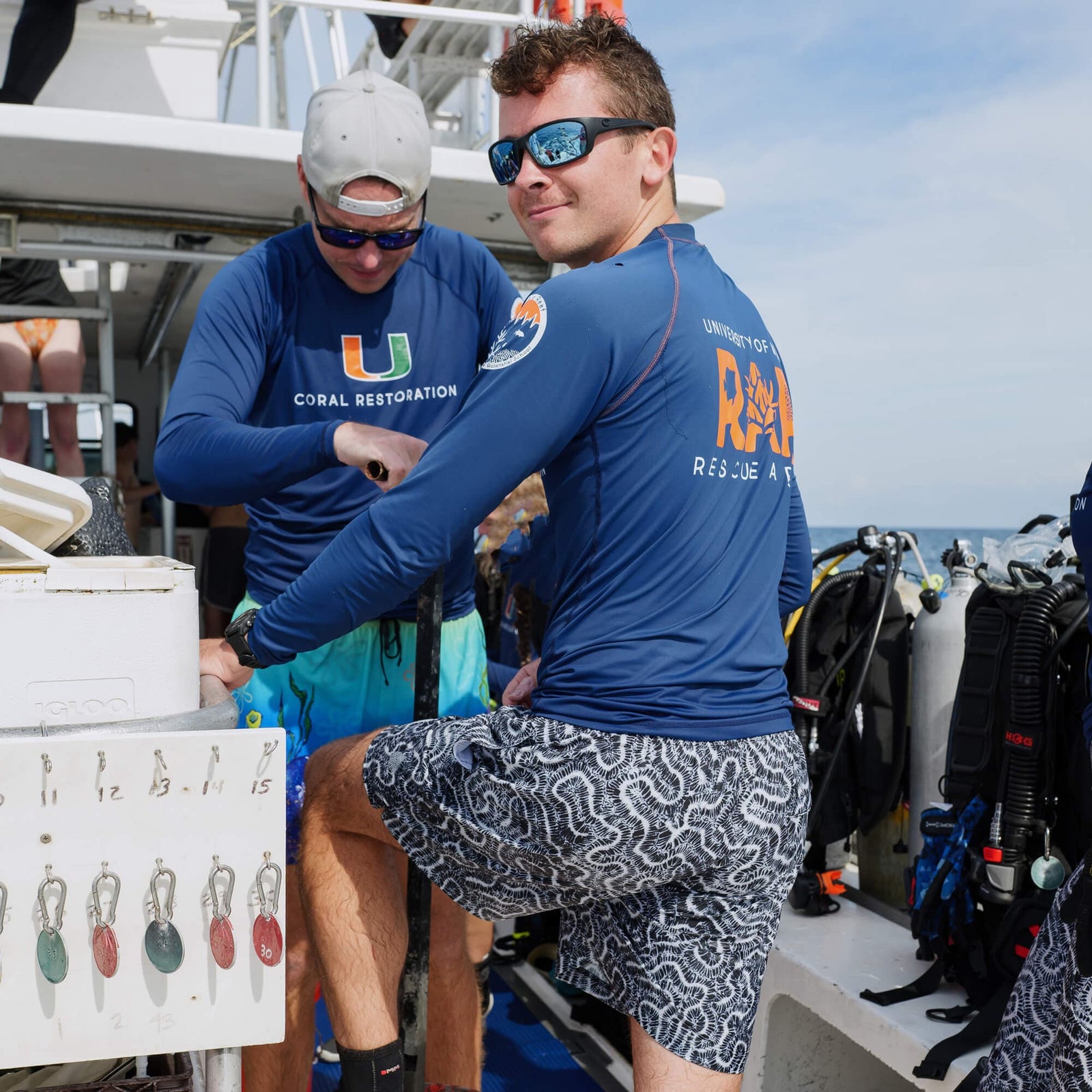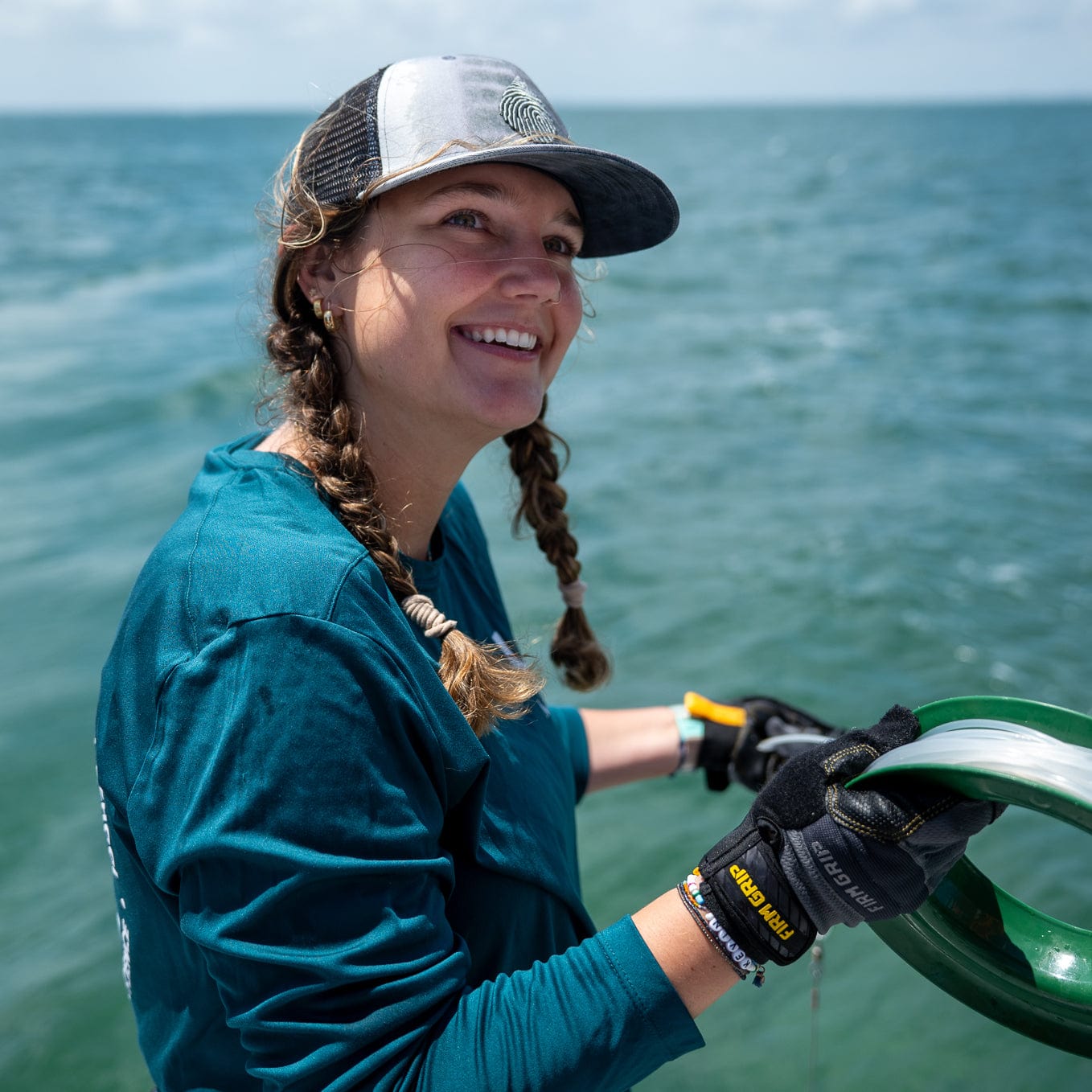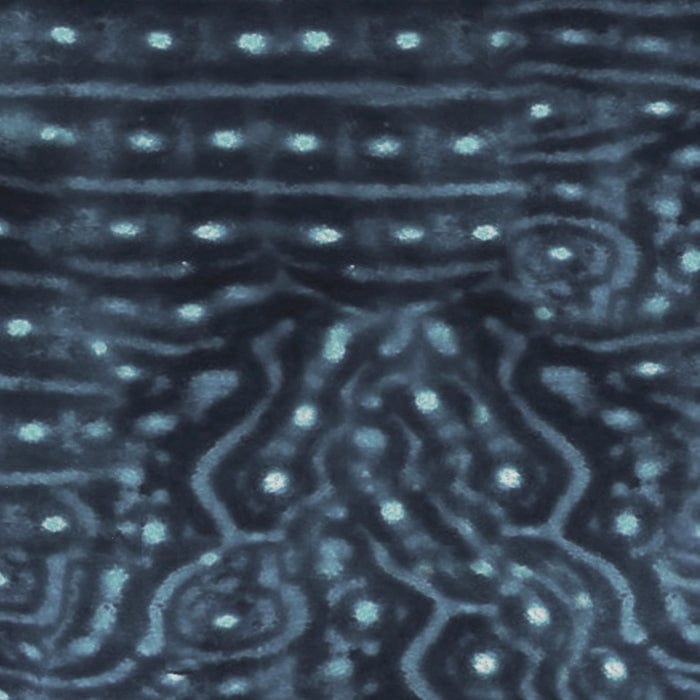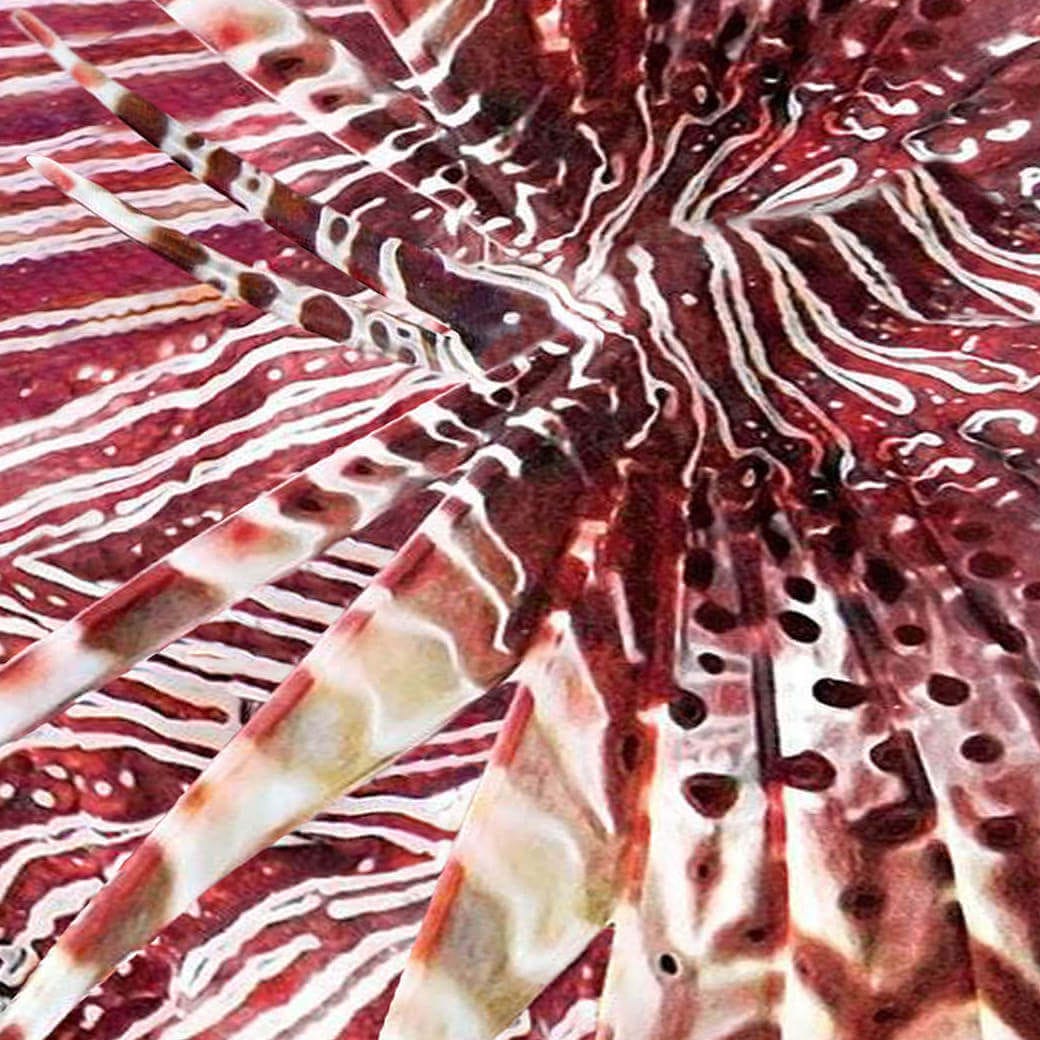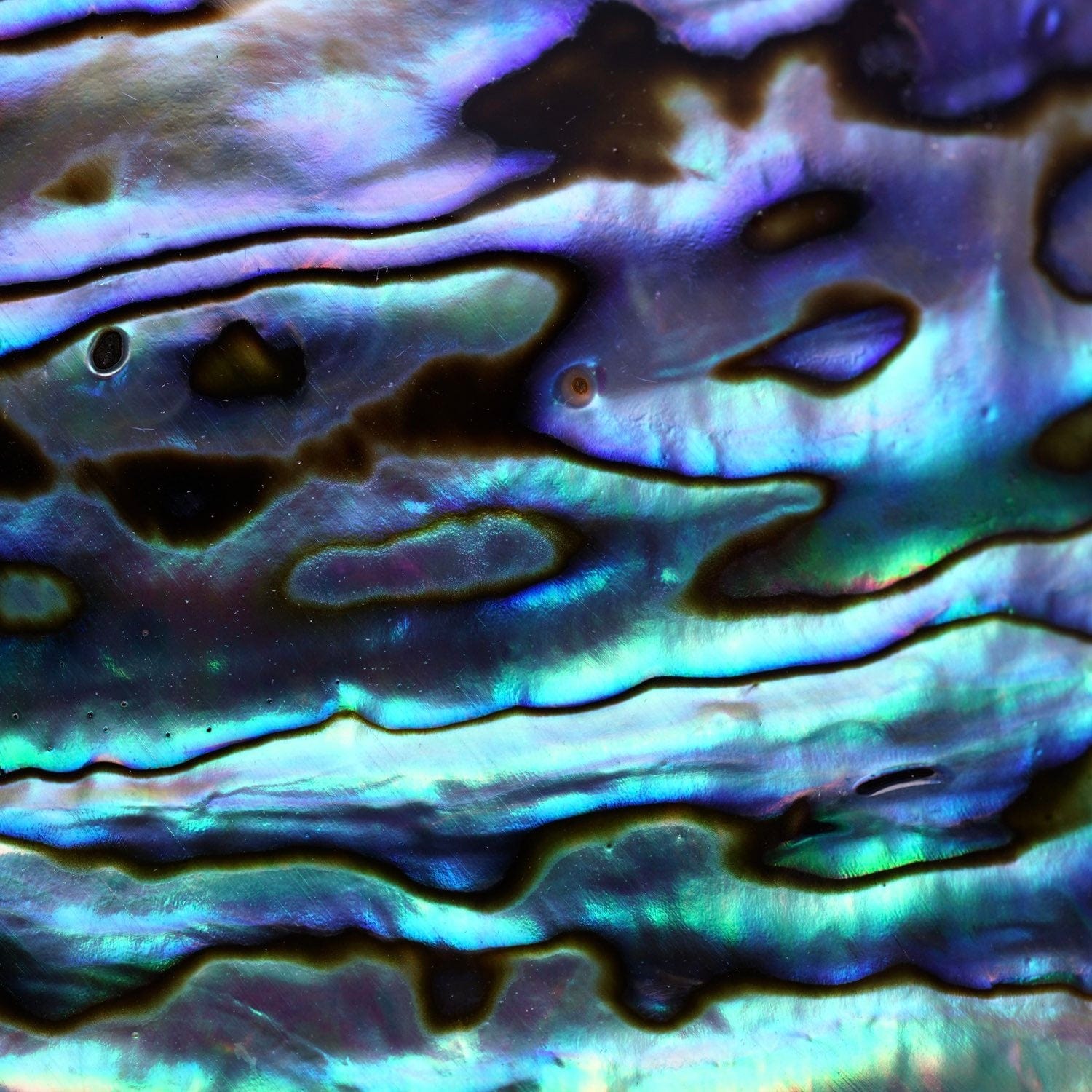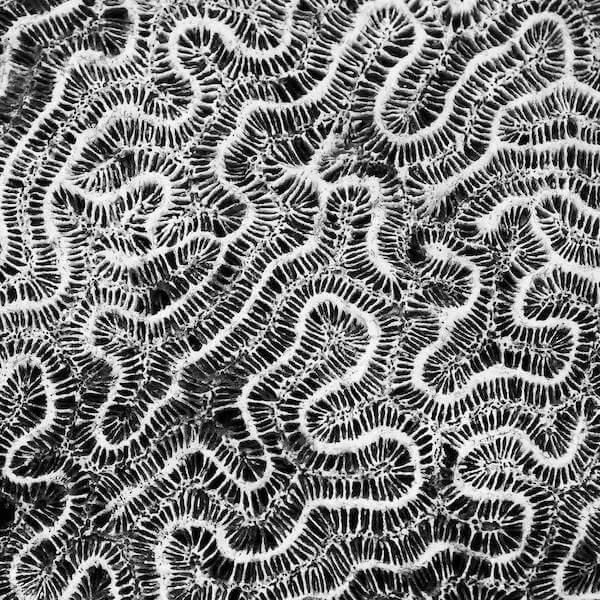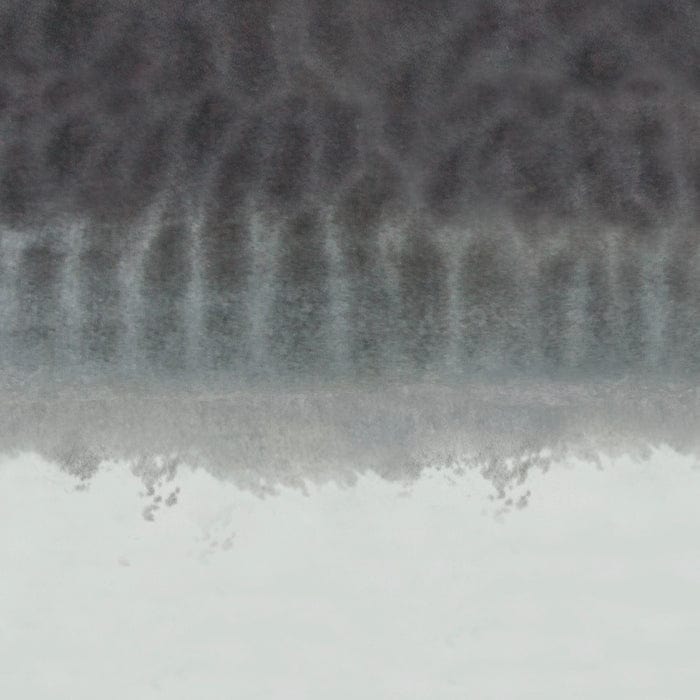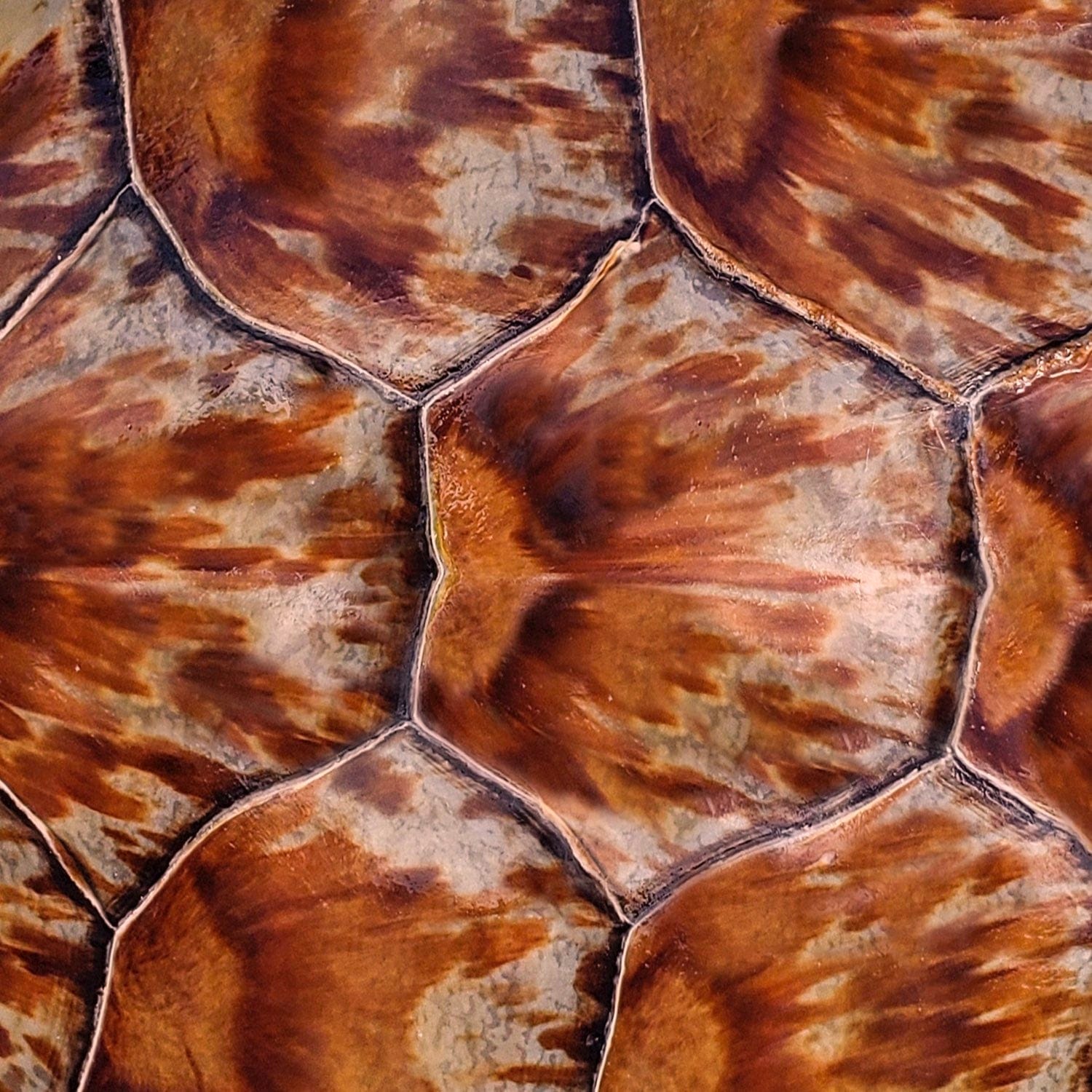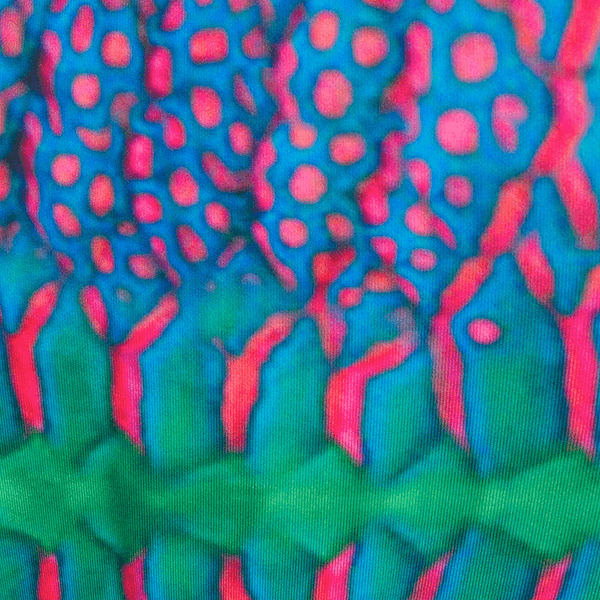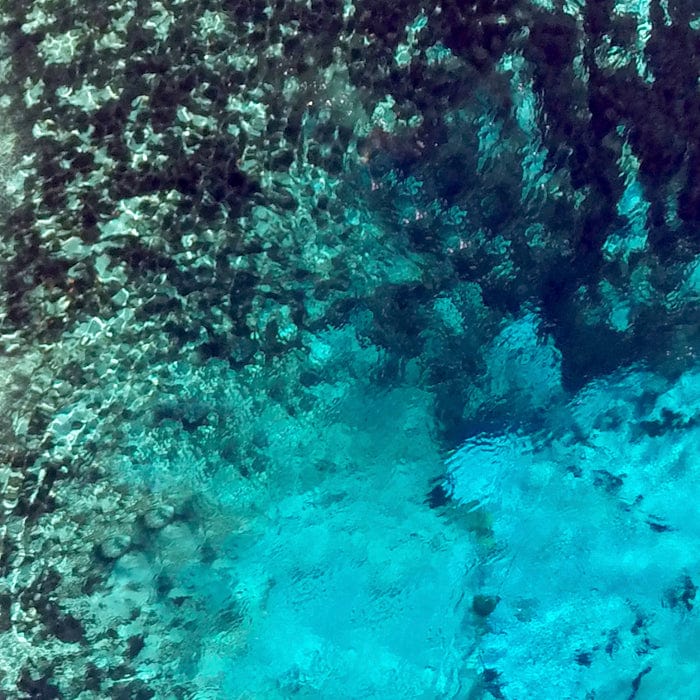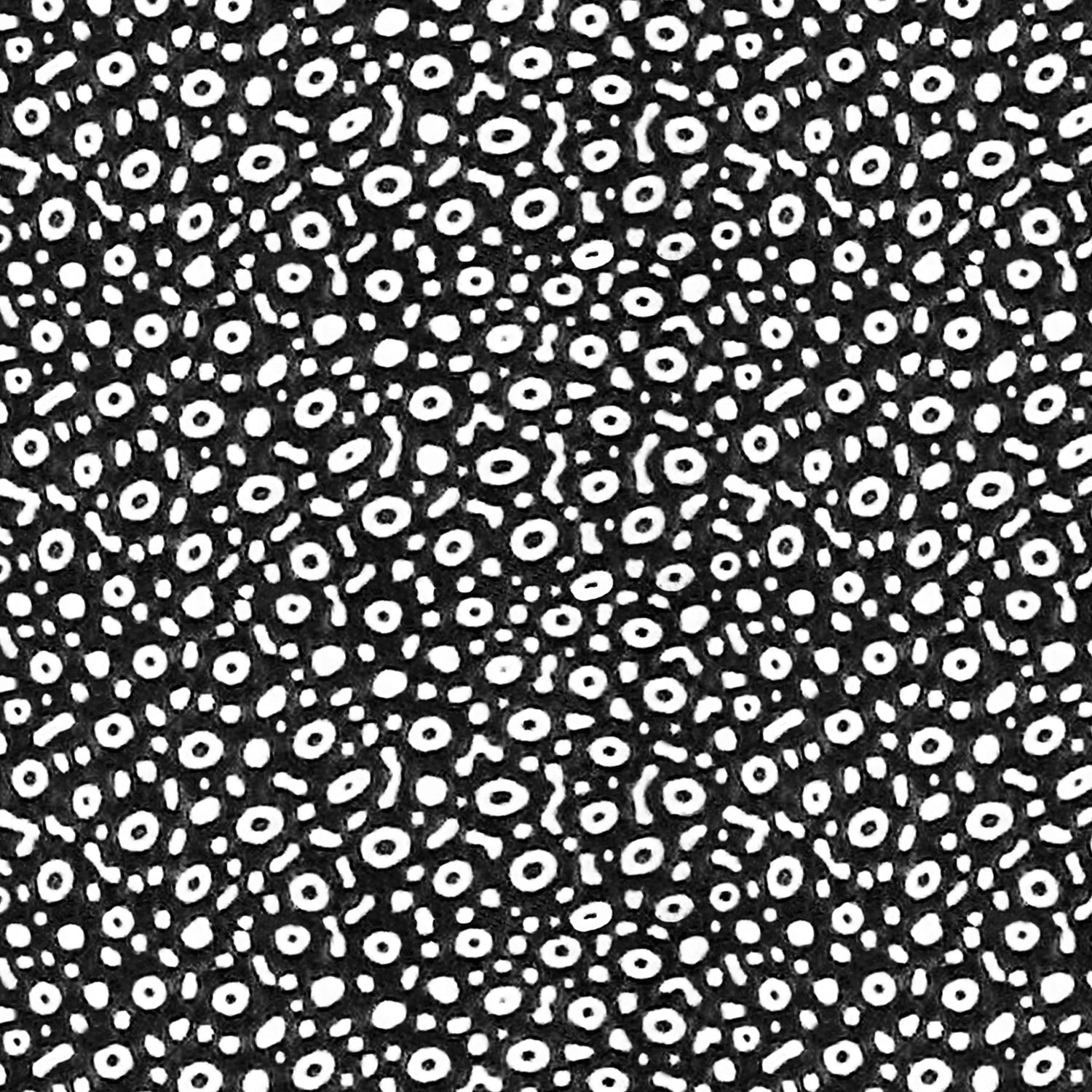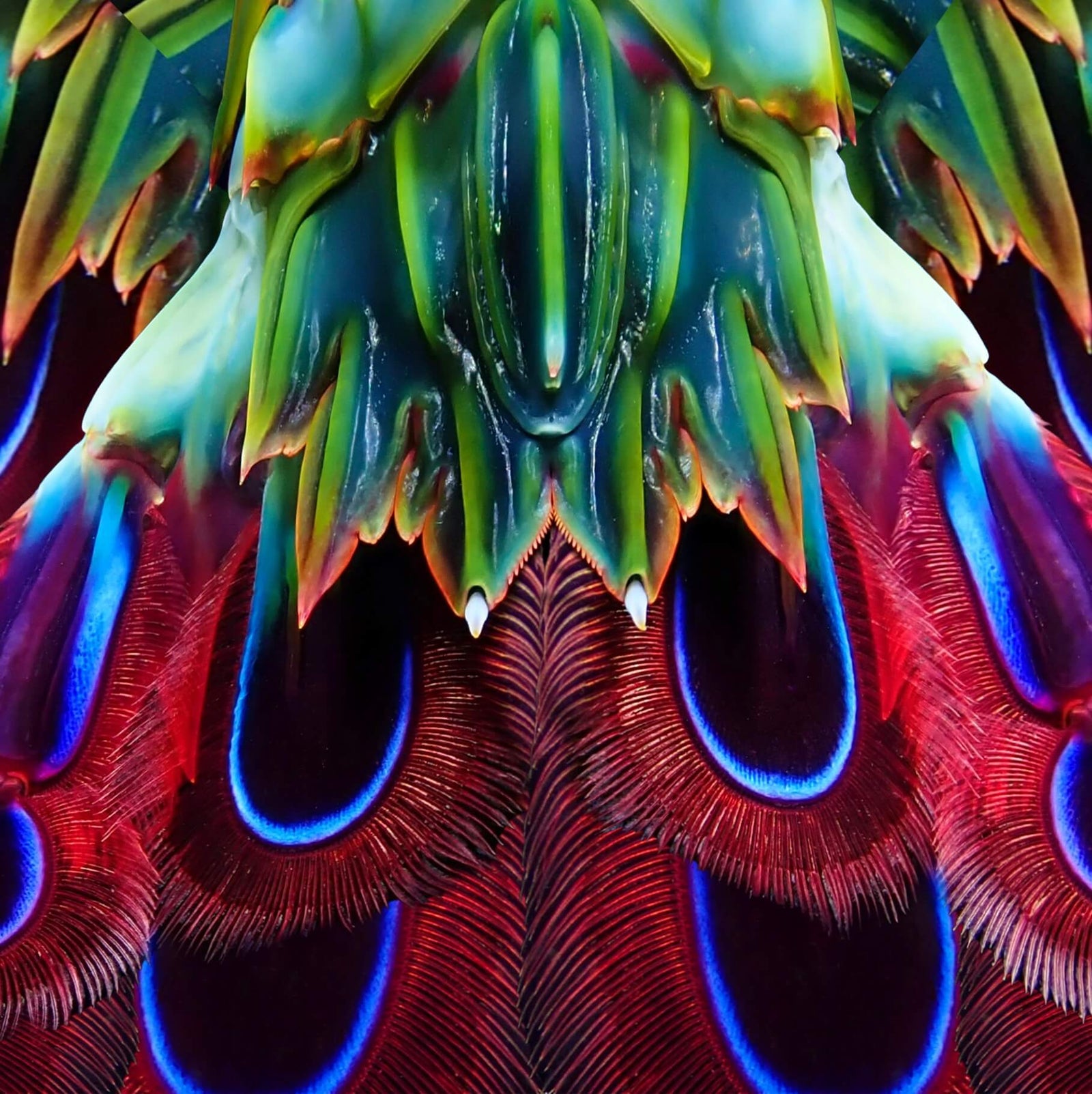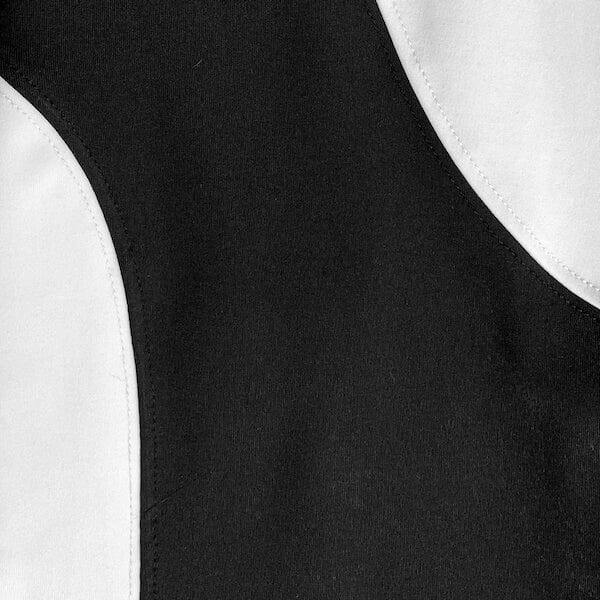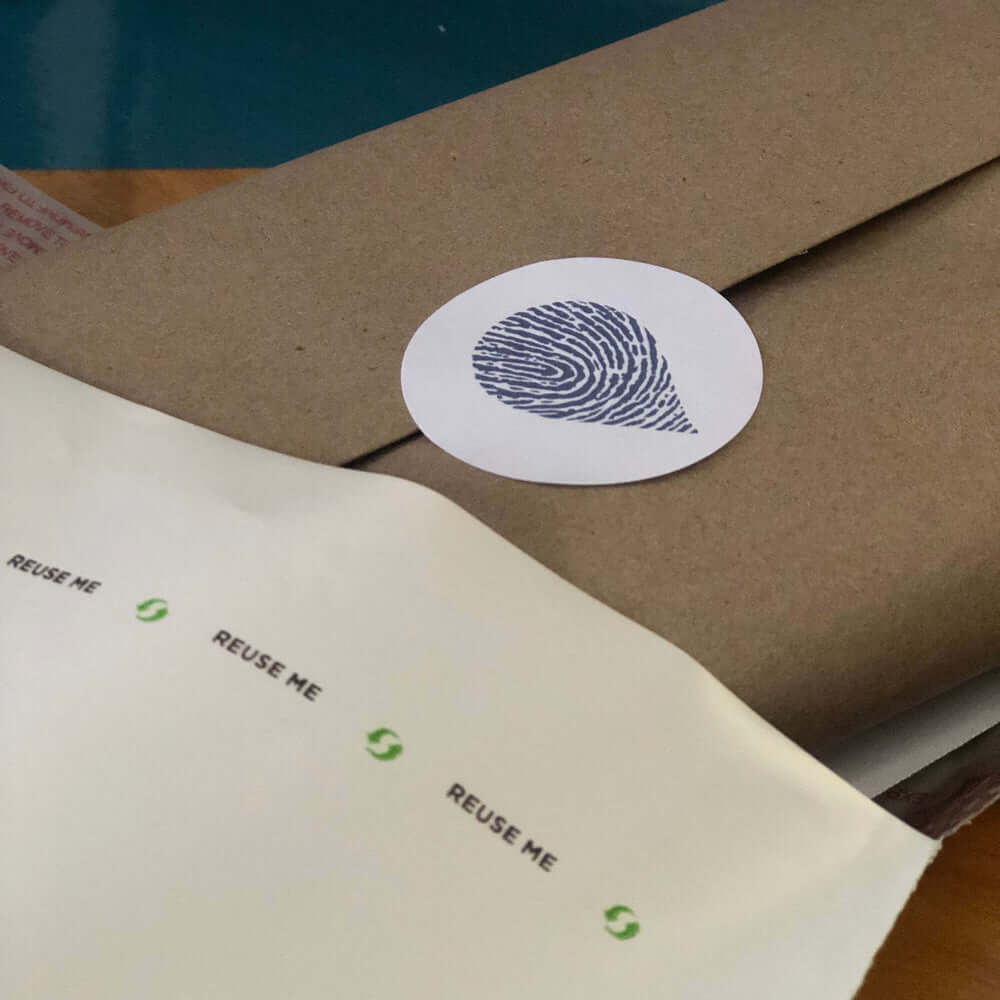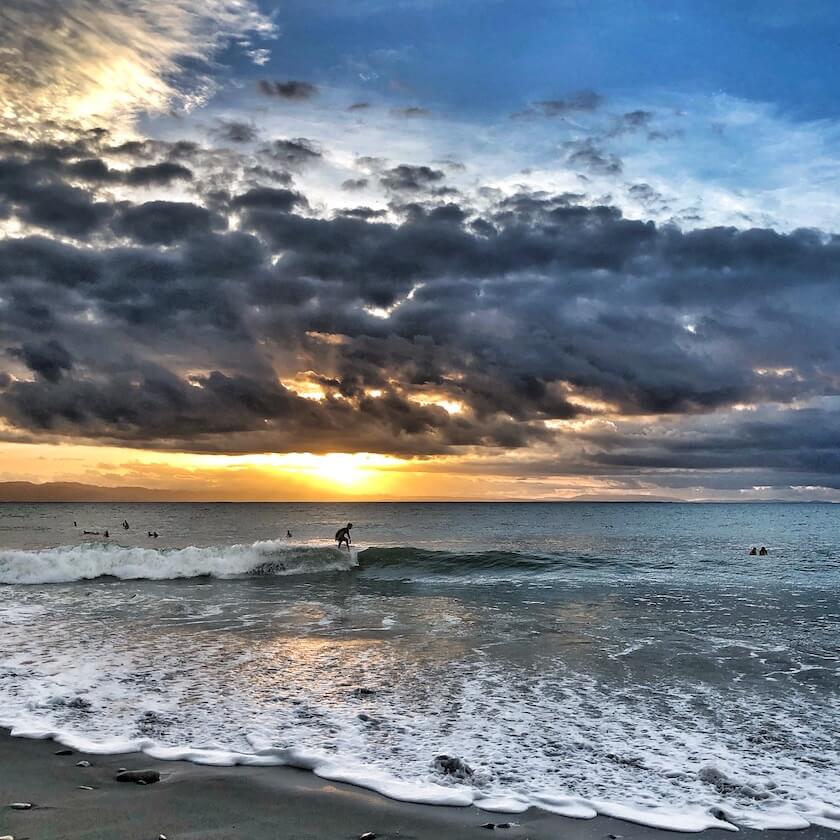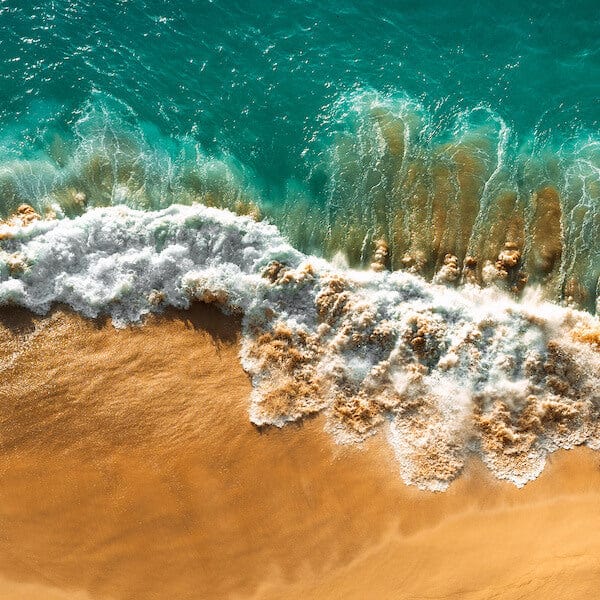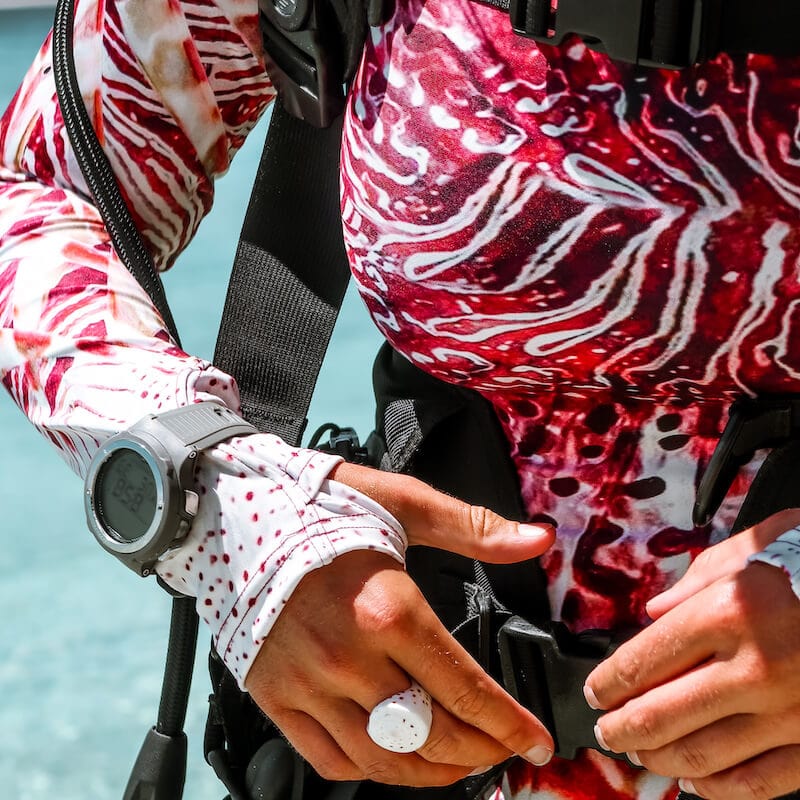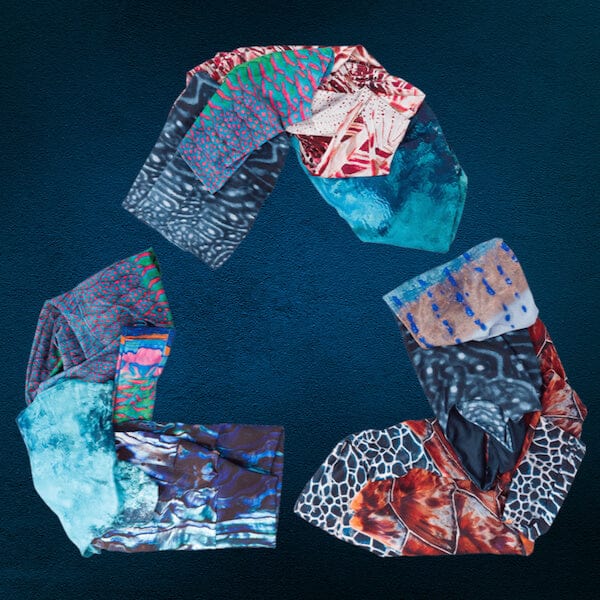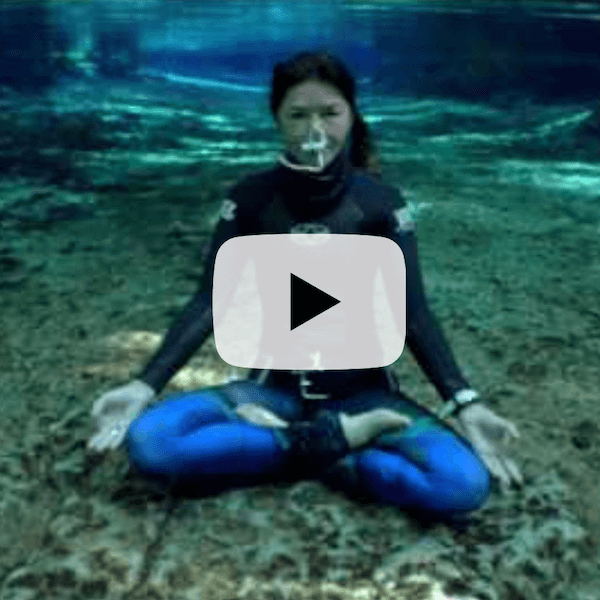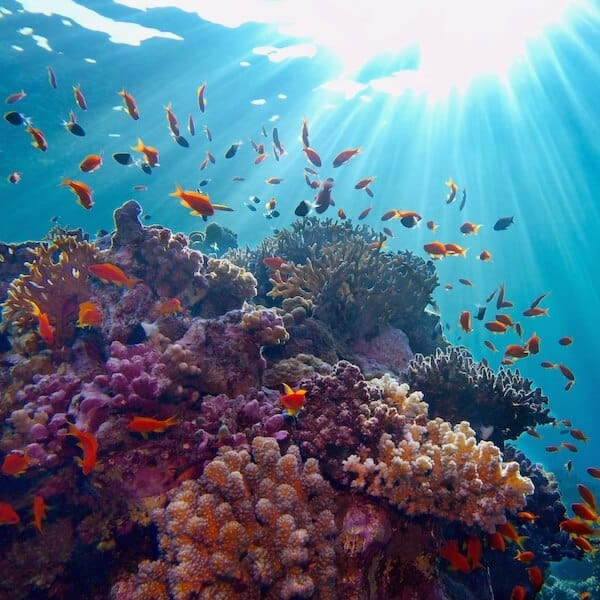"It turns out that Amy has a condition called xeroderma pigmentosum/trichothiodystrophy (XP/TTD) complex. There are only a handful of people in the United States who have XP/TTD, and no other cases that look exactly like Amy’s. One of the key issues with XP-related disorders is that due to an error in genetic code, these people’s cells cannot repair damage caused by ultraviolet (UV) light. Their bodies cannot effectively process sunlight.
Learning to be safe in the sun is important for Amy, but it is important for everyone else, too. Most of what doctors understand about skin cancer they learned from studying the cells of people with XP disorders. Though for Amy, it happens much more quickly, cellular sun damage follows the same process for all of us. Exposure to ultraviolet radiation damages skin cells, the damage builds up over time and puts all sun-lovers at risk for skin cancer and early skin aging.
I’m so glad we’ve found a company like Waterlust that is dedicated to finding ways to support and celebrate our water ecosystems while also making it safer for people to enjoy them; especially people like my daughter, Amy."

